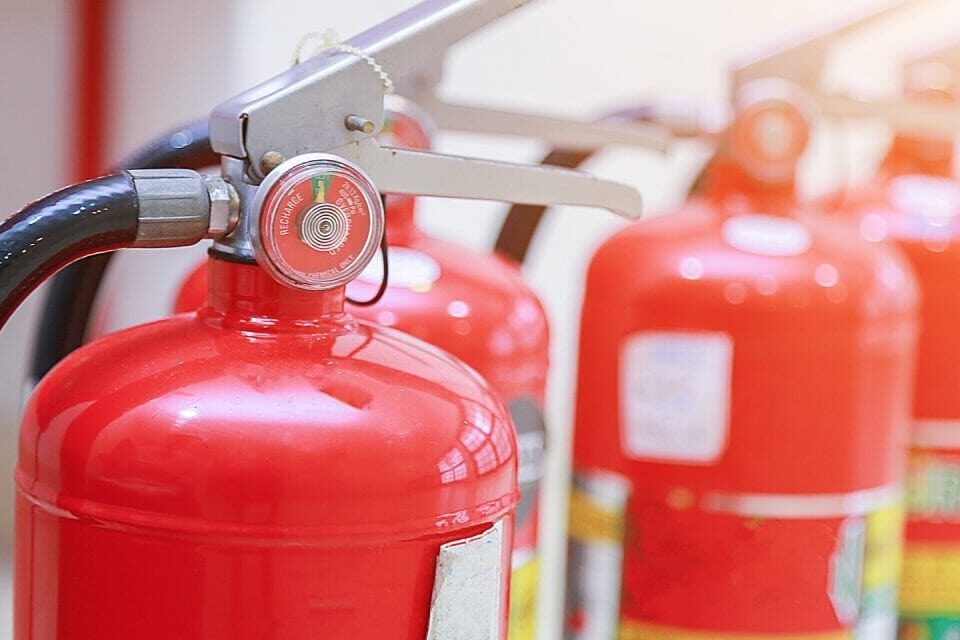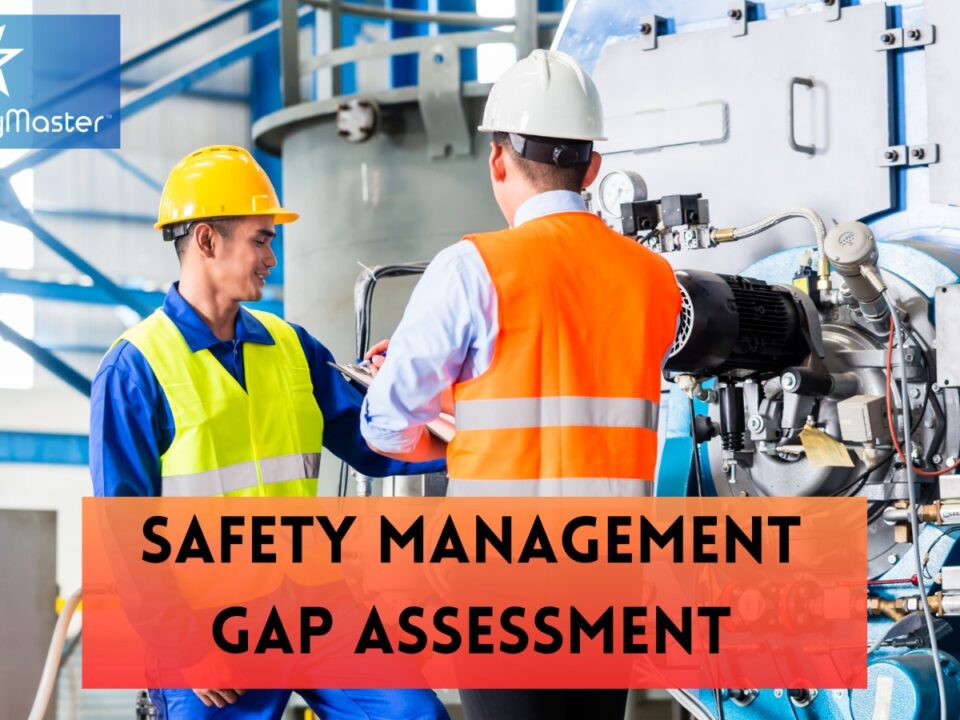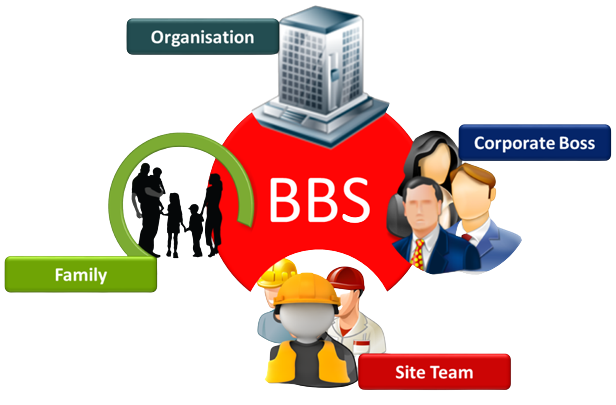Emergency Preparedness: A Safety Master’s Guide to Readiness and Response

Top Safety Training Consultant
July 21, 2023
2023 Fire Safety Regulations: What FMs Need to Know About Fire Risk Assessments
July 24, 2023In today’s unpredictable world, emergencies can strike at any moment, putting lives and businesses at risk. As a safety master, your role in emergency preparedness is paramount in safeguarding the well-being of individuals and ensuring the continuity of operations for organizations. This comprehensive guide will equip you with actionable strategies and insights to optimize your emergency preparedness initiatives in 2023 and beyond.
Why Emergency Preparedness Matters
Emergency preparedness goes beyond just dealing with natural disasters; it encompasses all potential threats, including accidents, pandemics, cyberattacks, and more. The ability to anticipate, plan for, and respond effectively to these events can make a significant difference in minimizing the impact on lives and businesses.
Understanding the Landscape
Before devising a robust emergency preparedness plan, it’s crucial to analyze the potential threats your region or organization might face. Refer to reputable sources such as the Federal Emergency Management Agency (FEMA), National Safety Council, and local authorities for data on historical incidents and risk assessments. This information will serve as a foundation for tailoring your preparedness strategies to address specific challenges.
Building a Culture of Safety
A safety-conscious culture is the bedrock of any successful emergency preparedness program. Engage with employees, management, and stakeholders to foster a culture that prioritizes safety. Regularly conduct training sessions and workshops to raise awareness about potential risks and best practices. Encourage open communication and feedback loops to address safety concerns proactively.
The Role of Technology in Emergency Preparedness
In today’s digital age, leveraging technology can significantly enhance your emergency preparedness efforts. From real-time communication to data analysis, innovative tools can streamline your response and recovery processes.
Integrated Communication Platforms
Effective communication is a cornerstone of emergency preparedness. Implement integrated communication platforms like AlertMedia, which allows you to send mass notifications across multiple channels instantly. Keep employees, stakeholders, and authorities informed about critical updates and evacuation instructions.
IoT and Sensor Technologies
Internet of Things (IoT) devices and sensor technologies offer real-time data collection, enabling you to monitor potential hazards and incidents more efficiently. Utilize these devices to detect environmental changes, assess building integrity, and optimize emergency response times.
Data Analytics for Informed Decision-Making
Leverage data analytics to assess the effectiveness of your emergency preparedness plan continuously. Analyzing historical incidents, response times, and outcomes can provide valuable insights for improvement.
Key Components of a Comprehensive Response Plan
A well-structured response plan is essential for effectively managing emergencies. Ensure your plan encompasses the following key components:
Risk Assessment and Scenario Planning
Conduct a thorough risk assessment to identify potential threats and vulnerabilities. Develop scenario-based plans that outline specific responses to various emergency situations. Regularly review and update these plans to stay relevant in an ever-changing landscape.
Chain of Command and Communication Protocols
Establish a clear chain of command and communication protocols to ensure seamless information flow during emergencies. Designate specific roles and responsibilities to key personnel and empower them to make critical decisions swiftly.
Evacuation and Shelter-in-Place Procedures
Plan and practice evacuation and shelter-in-place procedures with employees and stakeholders. Conduct drills to ensure everyone is familiar with exit routes, assembly points, and safety measures.
Resource Allocation and Logistics
Identify essential resources required during emergencies, such as medical supplies, food, water, and communication devices. Ensure a reliable logistics system is in place to swiftly distribute these resources to affected areas.
Training Employees for Incident Response
Your employees are your first line of defense during emergencies. Empower them with the necessary knowledge and skills to respond effectively to crisis situations.
First Aid and CPR Training
Ensure that at least one family member in each household and key personnel within the organization is trained in first aid and cardiopulmonary resuscitation (CPR). Prompt medical attention during emergencies can be life-saving.
Emergency Response Drills
Conduct regular emergency response drills to familiarize employees with standard operating procedures. These drills should simulate various emergency scenarios to prepare staff for any situation.
Safety Awareness Programs
Organize safety awareness programs to educate employees about potential risks and safety best practices. Make safety an integral part of the workplace culture.
The Importance of Continuous Improvement
Emergency preparedness is not a one-time effort but a continuous process of improvement. Periodically assess the effectiveness of your emergency response plan and make necessary adjustments based on lessons learned from past incidents.
Conclusion
As a safety master one of the Best Safety Consultants, your expertise in emergency preparedness is invaluable in safeguarding lives and businesses. By understanding the landscape, building a culture of safety, leveraging technology, and implementing a comprehensive response plan, you can optimize your organization’s readiness and response to emergencies. Empower your employees through training and foster a safety-conscious environment. Remember that continuous improvement is essential in ensuring your emergency preparedness efforts remain effective and relevant. Together, we can create a safer and more resilient future.



